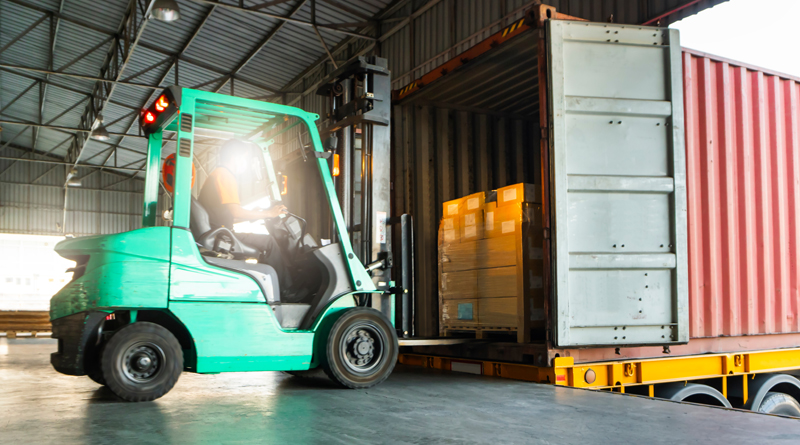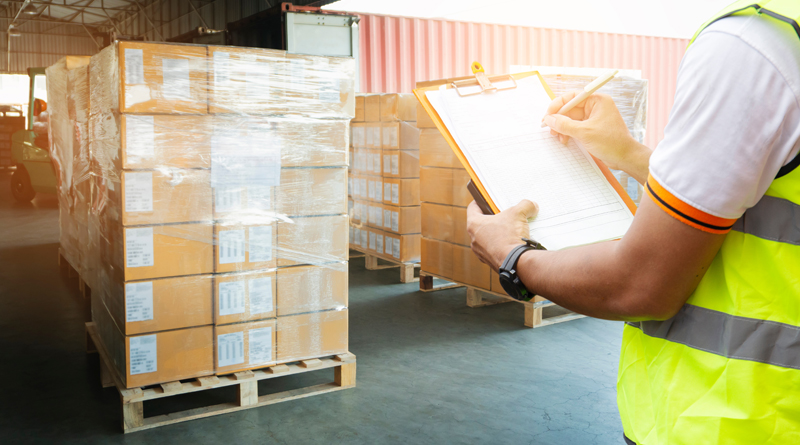Making the Most of Every Shipping Container
The effects of COVID-19 on global supply chains have been far-reaching. In particular, the shipping industry has been hit due to the displacement of containers blocking ports and causing global shortages. In addition, many UK businesses continue to be affected by longer lead times, which are made worse by global lockdown regulations, staff and HGV driver shortages.
There’s also been a knock-on effect on shipping costs, as container prices surged in 2021 due to limited availability and increased demand. These higher costs have impacted the profit margins of many businesses.
Even in 2022, the same issues linger. While some companies are repurposing containers or re-using older models, ports in the UK still have backlogs and congestion, as well as staff shortages. So, it’s going to be a while before things get back on track.
With the price of containers so high, and their availability so scarce, it’s critical that you make every shipment of goods count. This means ensuring you never ship half-full containers or leave any space that will increase the cost of the items you are shipping. So in this blog, we will take a look at how to maximize the space in your container to save you money and decrease the cost of sea freight shipping for each item in your container.

How to Maximize Space in A Shipping Container
The first thing you need to know about maximizing container space is how to package your goods correctly. Whether you’re shipping palletized goods or loose cargo, here is how you should approach your packaging.
Standard Pallets
Standard pallets are large pallets that measure 1-meter x 1.2 metres. These pallets come in a range of sizes from full, half, and all the way down to quarter sizes. The International Organization for Standardization (ISO) approves six pallet dimensions for use, which can be found in ISO 6780.
Euro Pallets
Euro pallets measure 0.8 metres x 1.2 meters and are used in many industries. The European Pallet Association (EPAL) conducts policies in regulating pallet manufacturing, from the type of timber used down to the nails used to create pallets. Manufacturers of euro pallets are all sanctioned by EPAL and are generally considered unfavourable when using ISO shipping containers.
Loose Cargo
If you plan on shipping loose cargo, it’s always a good idea to have them palletized. Doing so will help secure your goods during transit. In addition, some carriers may reject your shipment if they aren’t palletized because the freight is at risk of being damaged during the shipping process. If you’re unable to palletize your cargo, Uneek Group can help palletize your goods for you.
One of the most common questions associated with pallets is how many can you fit in a container? Well, it depends on a variety of factors like the type of pallet, the size of the container, and how the pallets are arranged. This quick explanation will help you determine how many pallets you’ll need in a shipping container.
- For standard pallets, you can use 9 or 10 pallets on one tier when loading a 20-foot container or around 20-21 pallets in a 40-foot container.
- For euro pallets, you can use 11 pallets on one tier when loading a 20-foot container or around 23-24 pallets in a 40-foot container.
When shipping multiple pallets (8 or above), it’s best to have them shipped by full container load (FCL). With FCL shipping, your freight gets a dedicated container which can either be 20 or 40-foot containers. However, if you’re only shipping a few pallets or even just one, you should opt for less than container load (LCL). LCL shipping consolidates your cargo with other shippers by using a 40-foot container, thus helping you save money by only paying for the volume you need in the container.
Consolidation
If you want to purchase goods from multiple suppliers that require a minimum order, or you’re just simply losing money due to shipping goods that don’t fill up a container, then cargo consolidation is your best option. Cargo consolidation is a concept wherein cargo from one or more shippers is combined into a single container. This allows you to pay for a bulk rate instead of having to ship all of your items separately.
Consolidation gives you more room for flexibility in terms of shipment planning and is one of many ways to increase profitability. Another advantage of consolidation is that it reduces the risk of damaged freight by limiting the loading/unloading of the product as the goods will only travel from the shipper, the consolidating centre, and the consignee/receiver.
Knowing how to maximize the space in a shipping container can go a long way towards making your shipping more efficient and profitable. Use these tips to utilize shipping containers to full effect and create a well-organized shipping strategy.
About Uneek Group
Does all of the above sound a bit worrying? Thankfully, Uneek Group has got you covered. At Uneek Group, we have unprecedented experience in importing and freight forwarding.
Through our London warehousing facilities, we are able to provide an efficient and cost-effective service that is driven by technology to meet your warehousing needs. We have 80,000 square feet of space across both of our London warehousing sites; with one site situated next to Heathrow and the other conveniently located on A13, we offer fast access to central London, M25, London Gateway other major road networks.
Email: [email protected]
Phone: +44 (0) 20 8984 0425
Uneek Forwarding is part of the Uneek Group Ltd

